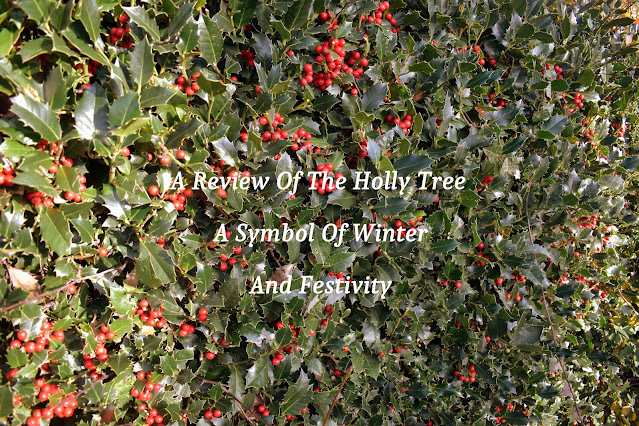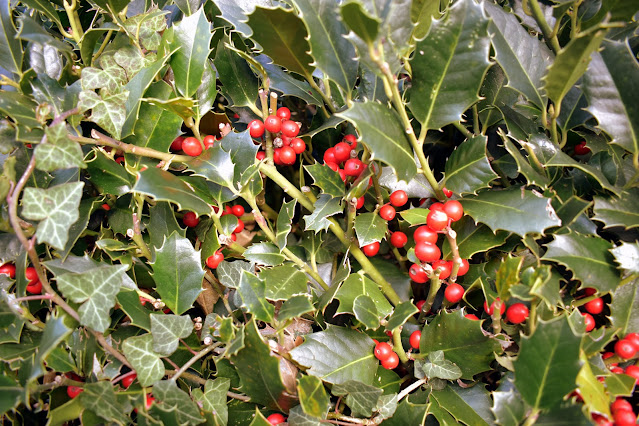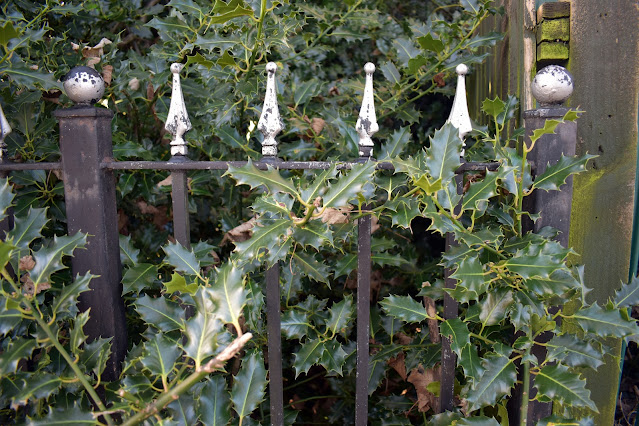I always think Christmas Eve is a magical time, filled with anticipation and joy. It is one of my most favourite days over the Christmas period.
While it is often a busy day, it's lovely to take a moment to pause and reflect on the beauty around us, especially the wonders of nature, and to express gratitude for the blessings in our lives and remember those for whom this time is difficult.
The Beauty of Nature on Christmas Eve
Life and events and all the preparations for Christmas can be very hectic. By the time we reach Christmas Eve we may try to find a moment to rest, to find peace.
I love to take photographs to capture the particular beauty of the season. Appreciation will be different for everyone, it may be the crisp winter air, the beautiful blanket of snow in the garden, rain on a window pane when you are warm and cosy, or the distant stars in a dark sky.
Nature reminds us of the simple beauty of our world. Whether you're in a snowy landscape or a milder climate, taking a moment to step outside and appreciate the natural surroundings can be a grounding and peaceful, even profound, experience.
Finding Gratitude in the Little Things
Christmas Eve is a perfect time to reflect on the past year and acknowledge the things we are grateful for. Sometimes life is lovely, other times it can be very hard and I am among those this year that have lost loved ones and miss them, this first Christmas without them. I am also grateful that they were in my life and what we meant to each other and that love never dies.
When life is hard, or even when it isn't, we don’t have to look to the big things to be grateful for. Especially at this time of year there can be many small day to day special moments.
The warmth of a cosy fire, good food, the laughter of loved ones, the look of wonder in a child's eyes, a call or message from a friend or family member.
We may find comfort in our faith, connecting with friends across the world, watching birds in the garden, listening to a lovely piece of music, carol singers, a starry night sky, or the quiet stillness of a winter night are all things we can be thankful for.
Connecting with Nature
One way to appreciate our Christmas Eve experience is to connect with nature.
This could be as simple as taking a walk in a nearby park appreciating the red and yellow winter berries and shapes of the trees branches against the sky. We might find a scented shrub with tiny flowers and a powerful perfume to amaze us.
It might be listening to the sounds of the night, an owl maybe or birds singing during the day. We may like to feed the birds and watch their appreciation or help at an animal sanctuary. Reindeers and Donkeys are of course also intrinsically linked to the Christmas story in their different ways.
Even going out on a clear night to watch and maybe identify the stars and constellations. These activities can help us feel more connected to nature and a sense of our place in it.
Who knows some of us may even see Santa and his Reindeers running across the night sky with the sleigh!
We also like to collect pine cones, berries and Holly in our garden and on our walks to decorate and bring nature in to our home.
Practicing Gratitude
Often it is easier to recall all the things that have not gone right and I am guilty of that too. However it is healthy to practice gratitude when we remember.
We might write a list of things we have been thankful for this year or give someone close to you a genuine compliment to show them how much they mean to you. We might like to help at a charity for children or older people who need support or a listening ear or give local people who helped you a simple Thank you card or small gift.
It can be useful to spend a few moments in quiet reflection thinking over the year that has gone, the good, the difficult, the special and the ordinary times. How we handled it all and how we have grown with the experiences.
Expressing gratitude in this way can improve our wellbeing, support our relationships, and enhance our well-being.
A Grateful Heart On Christmas Eve
As you celebrate Christmas Eve, whether we are with family, friends, alone or with our animal companions, a couple, single or part of a big family, working or at home, this day can be special to us.
However you spend your day whether it is busy or quiet, whether you attend any religious or other celebrations or not, let the beauty of nature fill your heart with joy and peace.
It is lovely and fun to give gifts at Christmas and for many of us is a key part of the celebrations. The best part of the spirit of the season is in the love and connections we share with other people, animals and nature and the appreciation for the world around us.
May your Christmas Eve be a special time filled with the wonder of nature with love and joy and peace in your heart.



















